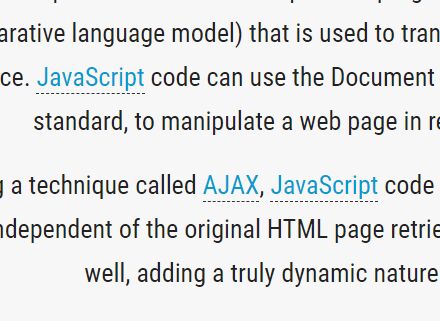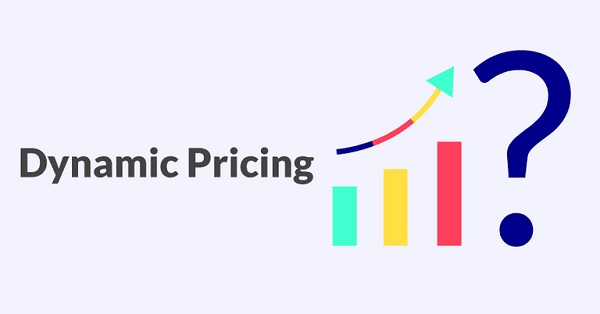
This is why companies using value metrics are typically growing at double the rate with half the churn and 2x the expansion revenue when compared to companies that charge a flat fee or where the only difference between their pricing tiers are features. If they end up using or consuming less, they pay less (and thus avoid churning). Value metrics also bake growth directly into how you charge because as usage or the amount of value received goes up (and those are not the same thing), the customer pays more. In practice, you’ll never show infinite price points on your pricing page, sales deck, or mobile conversion page, but you may have a new customer come in at a certain level and then grow. In software, it’s thankfully dying out, but you’ll still see it with mass-market products: Netflix, Adobe Creative Cloud, etc.Ī value metric, however, allows you to have essentially infinite price points-maximizing your revenue potential. You see this problem among many eCommerce businesses and retailers whose products are constrained by being physical goods-the car with the basic package vs. “Good, better, best” pricing strategy is a bit more advantageous, because you end up with three points on our trusty demand curve, and thus more revenue potential. If you remember your high school or college economics class, the professor put a point on a demand curve for the perfect price and said “the revenue a firm gets is the area under that point.” The problem here is: what about all that other area under the curve? You’re missing out on that revenue by charging a flat monthly fee. a tiered monthly fee) is important because it allows you to make sure you're not charging a large customer the same as you'd charge a small customer. Partly because it bakes lower churn and higher expansion revenue into your monetization.Ī pricing strategy based on a value metric (vs. If you get everything else wrong in pricing, but you get your value metric right, you'll do ok. For example: per seat, per 1,000 visits, per CPA, per GB used, per transaction, etc.

This doesn't work well for subscription and SaaS business, because customers expect consistent monthly or yearly expenses.Ī “value metric” is essentially what you charge for. In some industries, you can get away with constantly changing your prices to match the current demand for the item. While it's a good method to get people to buy your generic soda, it's not a great fit for SaaS and subscription businesses. The goal is to price a product cheaper than the competition and make the money back with increased volume. This strategy is popular in the commodity goods sector. While it may get you customers and decent sales volume, you'll need a lot of them and you'll need them to be very loyal to stick around when the price increases in the future. One way some companies attempt to push new products is by offering prices that are much lower than the competition. In highly competitive markets, it can be hard for new companies to get a foothold. While simple, it is less than ideal for anything but physical products. You just take the product production cost and add a certain percentage to it. This is one of the simplest pricing strategies. Prices that are too low will make it seem as though your product isn't well made. If higher-priced products portray value and exclusivity, then the opposite follows as well.

Built into the higher price of a product is the assumption that it's of higher value.Ī high price may convey value, but if that price is more than a potential customer is willing to pay, it won't matter. There's a reason people associate cheaply priced products with cheaply made ones.

It can mean a lower price, but it can also mean poorly made. Having an effective pricing strategy helps solidify your position by building trust with your customers, as well as meeting your business goals. Let's compare and contrast the messaging that a strong pricing strategy sends in relation to a weaker one. The importance of nailing your pricing strategy


 0 kommentar(er)
0 kommentar(er)
